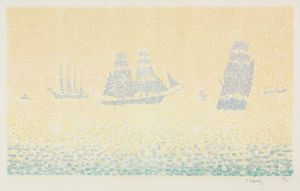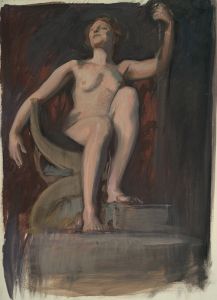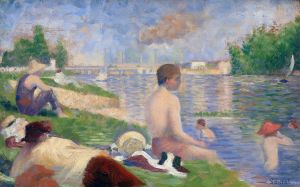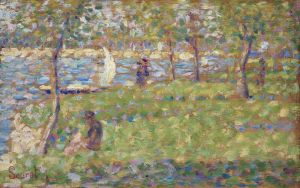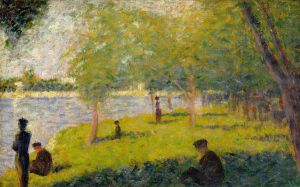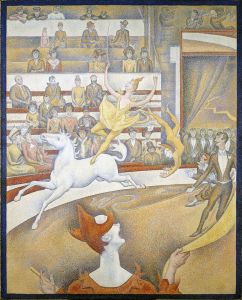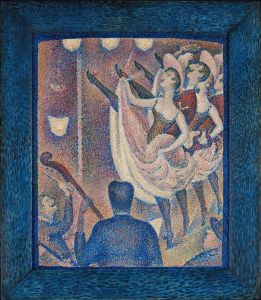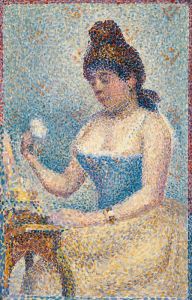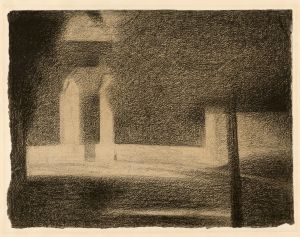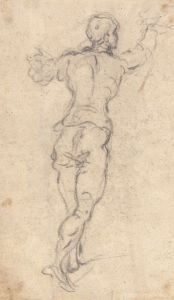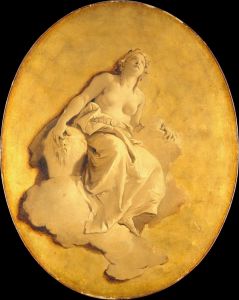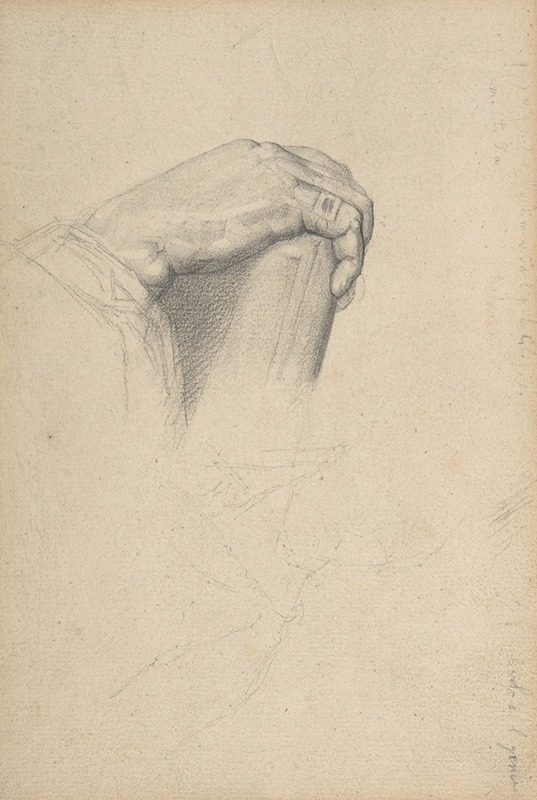
The Hand of Poussin, after Ingres
A hand-painted replica of Georges Seurat’s masterpiece The Hand of Poussin, after Ingres, meticulously crafted by professional artists to capture the true essence of the original. Each piece is created with museum-quality canvas and rare mineral pigments, carefully painted by experienced artists with delicate brushstrokes and rich, layered colors to perfectly recreate the texture of the original artwork. Unlike machine-printed reproductions, this hand-painted version brings the painting to life, infused with the artist’s emotions and skill in every stroke. Whether for personal collection or home decoration, it instantly elevates the artistic atmosphere of any space.
Georges Seurat, a pivotal figure in the development of modern art, is best known for his innovative use of color and technique, particularly through the method known as Pointillism. Among his lesser-known works is "The Hand of Poussin, after Ingres," which reflects his engagement with art history and his interest in the works of earlier masters.
Seurat was born in Paris in 1859 and studied at the École des Beaux-Arts, where he was influenced by the classical training he received. His work often reflects a deep understanding of art history, and he frequently drew inspiration from the works of earlier artists. "The Hand of Poussin, after Ingres" is a testament to this aspect of his artistic practice.
The title of the work suggests a connection to two significant figures in art history: Nicolas Poussin and Jean-Auguste-Dominique Ingres. Poussin, a French Baroque painter, was known for his classical approach and emphasis on clarity, logic, and order. Ingres, a Neoclassical painter, was celebrated for his precise draftsmanship and his ability to convey the beauty of the human form. Seurat's reference to these artists in the title of his work indicates his admiration for their mastery and his desire to engage with their legacy.
"The Hand of Poussin, after Ingres" is not a direct copy of any specific work by Poussin or Ingres but rather an interpretation or homage that reflects Seurat's interest in their techniques and themes. The focus on "the hand" suggests an emphasis on the skill and craftsmanship that both Poussin and Ingres exemplified. In the context of Seurat's broader oeuvre, this work can be seen as an exploration of the relationship between tradition and innovation.
Seurat's technique in this work likely incorporates elements of his signature Pointillism, a method characterized by the application of small, distinct dots of color that blend in the viewer's eye to form an image. This technique was part of Seurat's broader interest in optical effects and color theory, which he developed in response to the scientific studies of his time. While "The Hand of Poussin, after Ingres" may not be as widely recognized as Seurat's larger compositions, such as "A Sunday Afternoon on the Island of La Grande Jatte," it nonetheless represents an important aspect of his artistic exploration.
The painting reflects Seurat's engagement with the past while simultaneously pushing the boundaries of contemporary art. By referencing Poussin and Ingres, Seurat situates himself within a lineage of great artists, yet his approach to their work is distinctly modern. This synthesis of tradition and innovation is a hallmark of Seurat's contribution to the art world and underscores his role as a bridge between the classical and the modern.
In summary, "The Hand of Poussin, after Ingres" by Georges Seurat is a work that encapsulates the artist's reverence for art history and his commitment to advancing artistic techniques. Through this piece, Seurat pays homage to the masters who preceded him while also asserting his own place in the evolution of art.






